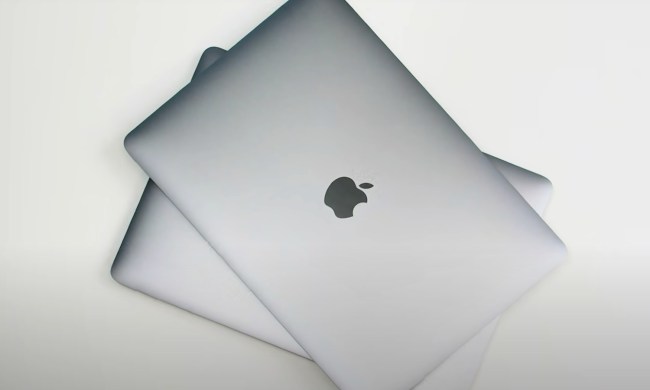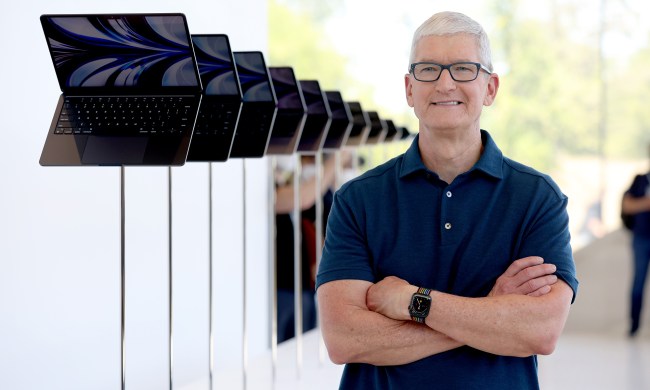After a performance-studded launch with its M1 processor line, Apple is expected to debut the Mac CPU sequel later this year, with better performance for desktop applications and improved power efficiency when used on mobile Macs, like the MacBook Air and MacBook Pro notebooks.
Apple’s advances in the M2 processor family could likely be attributed to a new, more compact architecture that packs more transistors closely together.
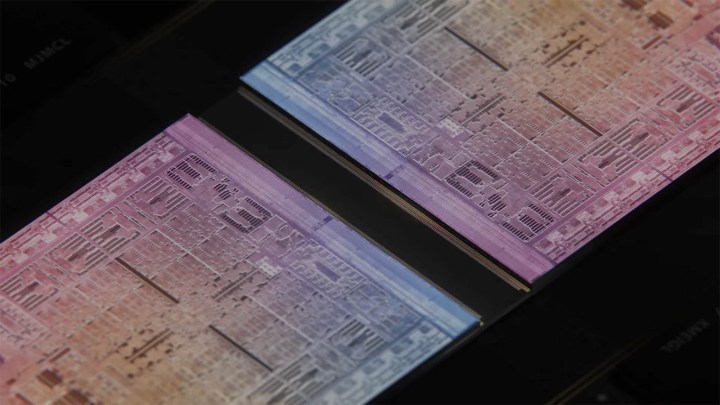
While the custom M1 family is based on a 5nm manufacturing technology with an ARM-based processor design, Apple is believed to use a new 4nm process from Taiwan Semiconductor Manufacturing Company, or TSMC, for its M2 lineup, according to a report from Taiwanese publication DigiTimes.
The publication’s speculated timeline for a launch later in 2022 aligns with recent comments made by Bloomberg’s Mark Gurman, who reported that an M2-powered Mac Mini and MacBook Pro 13-inch and 24-inch iMac are “also in development,” with some systems launching mid-year. Apple initially debuted its M1 processor lineup at its developer conference, and WWDC, which is slated for June 2022, could be a great launching ground to showcase the improved performance of the M2 this year.
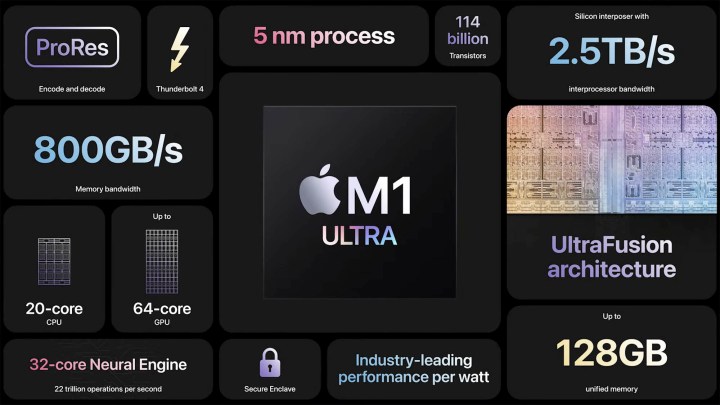
In addition to using a smaller — and more efficient — manufacturing process, the M2 process could introduce more cores. While the M2 is expected to maintain a starting eight-core processor configuration of its predecessor, the new chipset is expected to get a graphics boost. On the graphics side, Apple is expected to boost the GPU to a nine- or 10-core configuration, up from a starting build with seven cores on the M1.
The M1 family thus far includes the standard M1 processor, an upgraded M1 Pro, a powerful M1 Max, and Apple’s super-premium M1 Ultra, which recently debuted on the Mac Studio. The M2 processor likely will include these different configurations as well.
The Apple M2 processor line will give Intel’s 13th-generation processor, codenamed Raptor Lake, and AMD’s upcoming Ryzen processors some serious competition. The M2 processor will likely also give Intel’s new GPU as well as graphics cards from AMD and Nvidia competition in the workstation space. Given that Macs have historically not been the platform of choice for gamers, it may take a while for Apple’s M2 GPU cores to affect the competitive high-end gaming market, which is dominated by consoles and Windows PCs.
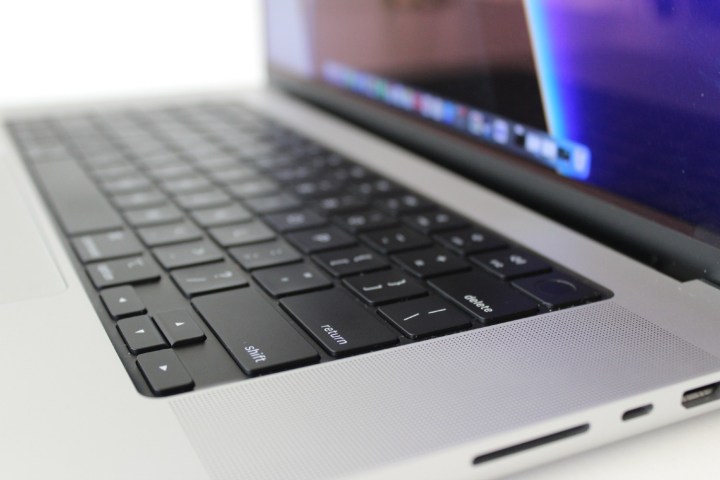
Gurman continues to hold hope that the iMac Pro will also be updated at some point in the future from its Intel processor to a model powered by Apple silicon, suggesting that the product isn’t quite dead. For its part, Apple had teased that it is working on upgrading its Mac Pro desktop and that the model will be unveiled at some unspecified date in the future. It’s unclear what processor the Mac Pro will utilize, but early benchmarks and Apple’s released marketing materials show that the Mac Studio’s M1 Ultra processor outperforms the Mac Pro’s Intel-based Xeon CPU as well as discrete graphics from AMD.
Also hot on the Apple rumors is a completely redesigned MacBook Air, which could introduce fresh, bold colors to the line similar to what Apple had done with the iMac M1 refresh. Analyst Ming-Chi Kuo noted that the refreshed MacBook Air could use some modified version of the M1 processor, according to a report on Mac Rumors, though he did not give any details on the exact chip configuration. A refreshed MacBook Air was highly anticipated for Apple’s March event, but the product was a no-show.
In addition to its home on the Mac, the M1 processor is also found in Apple’s tablet lineup, including the iPad Pro and recently refreshed iPad Air.
